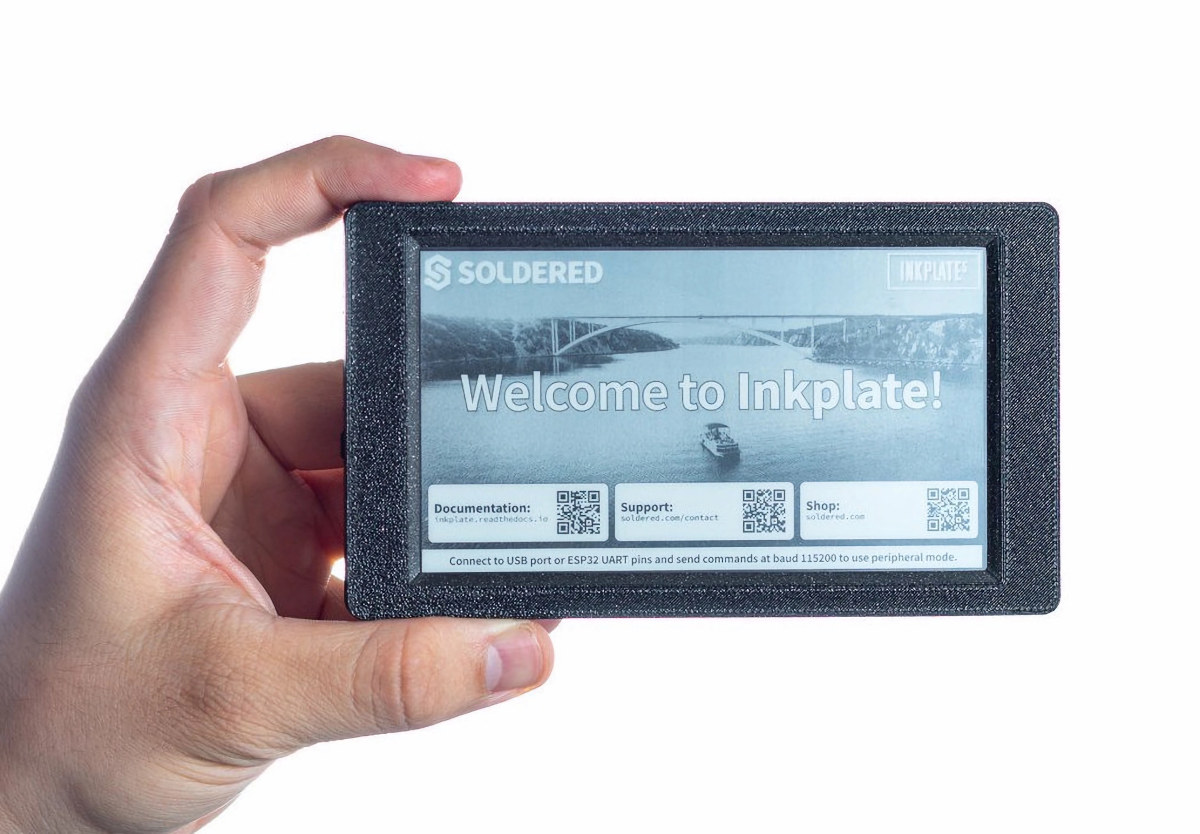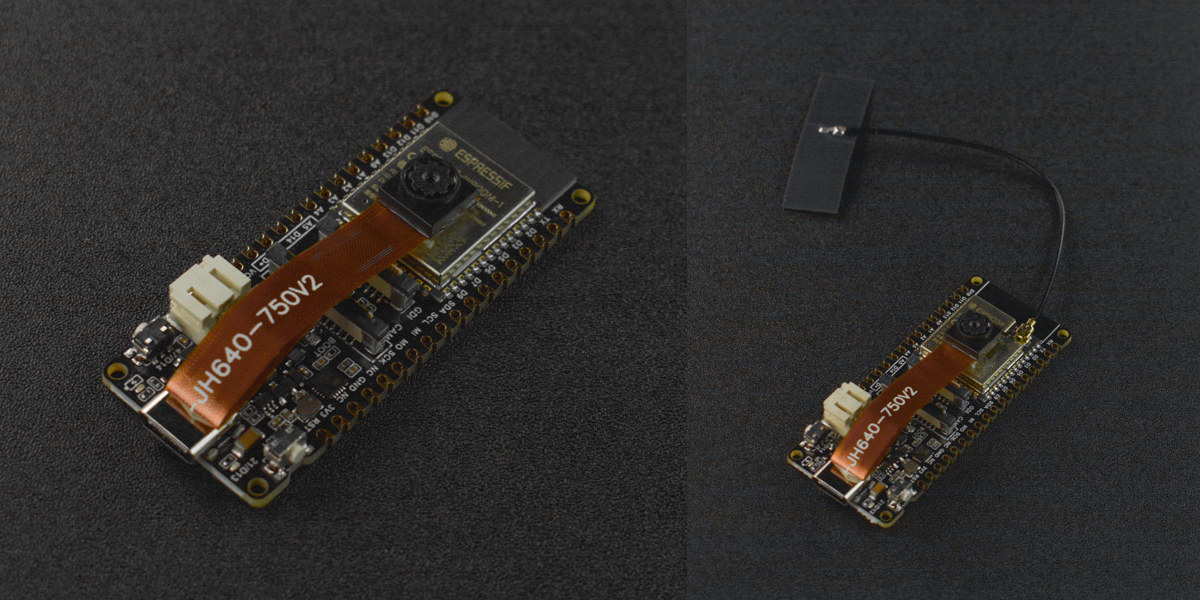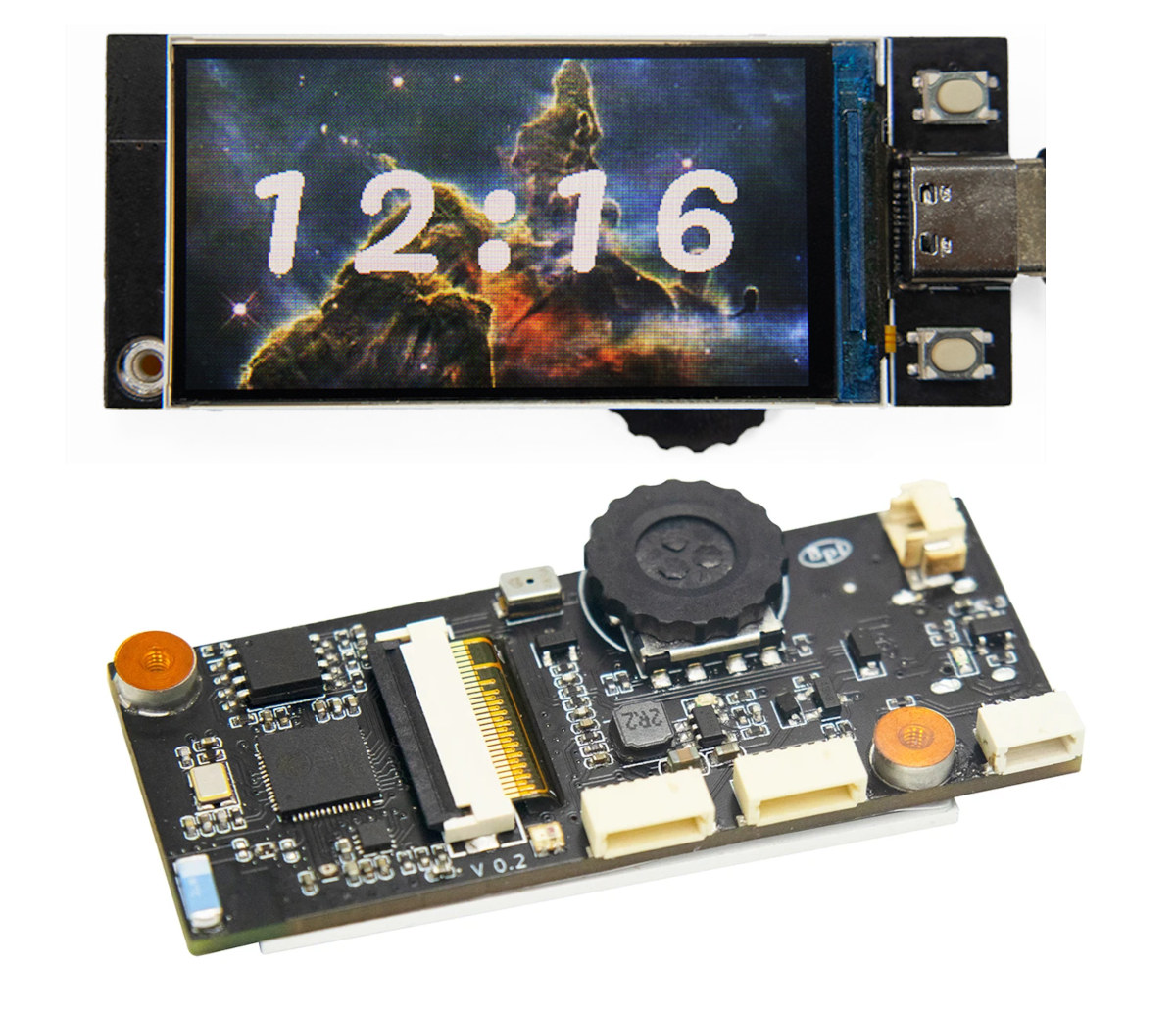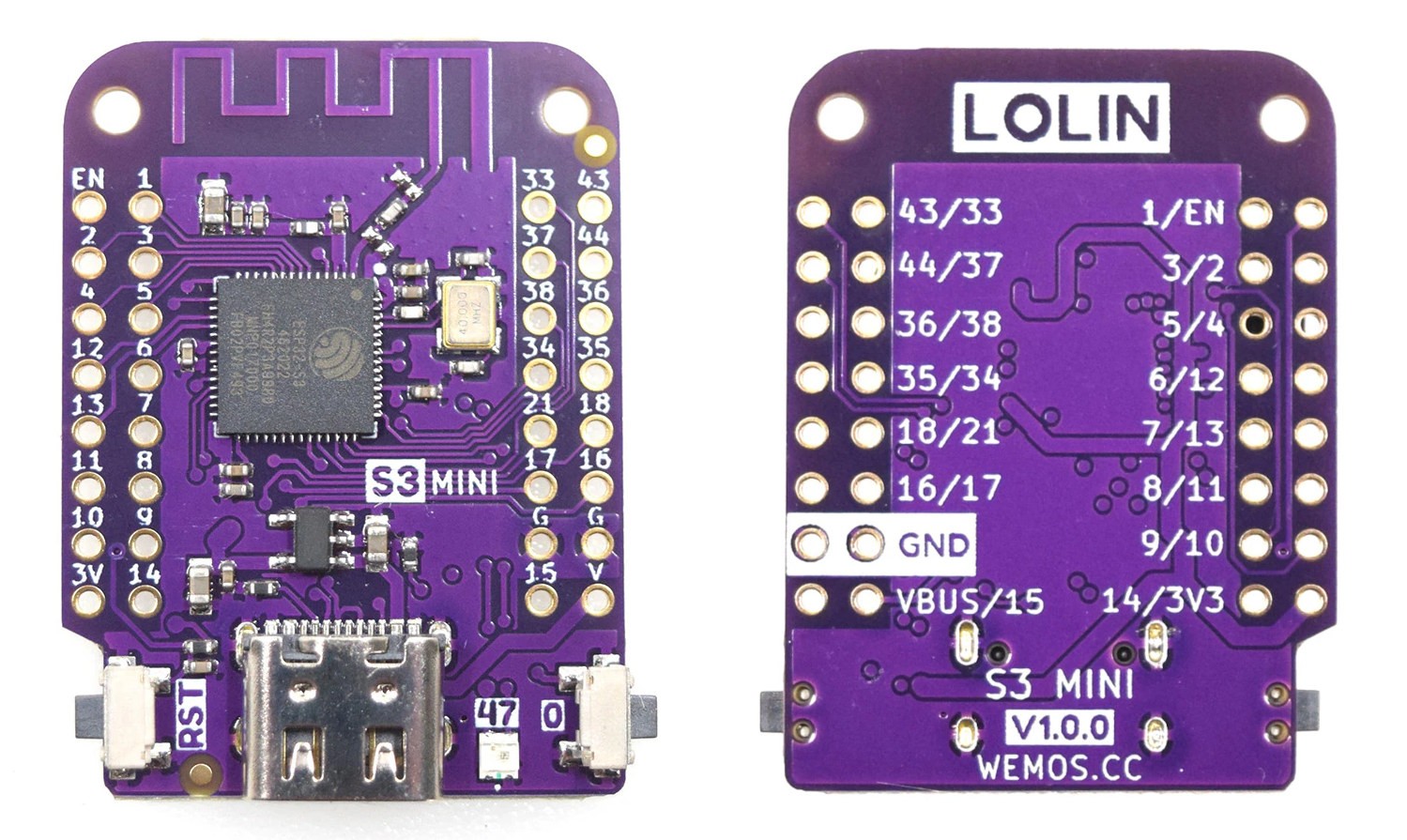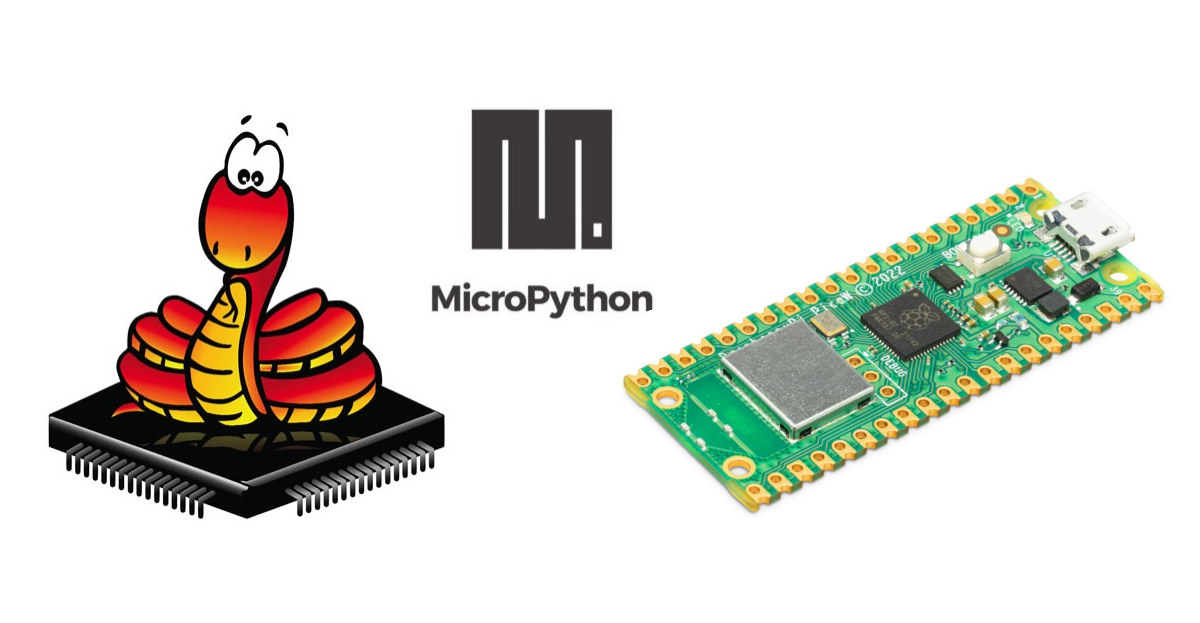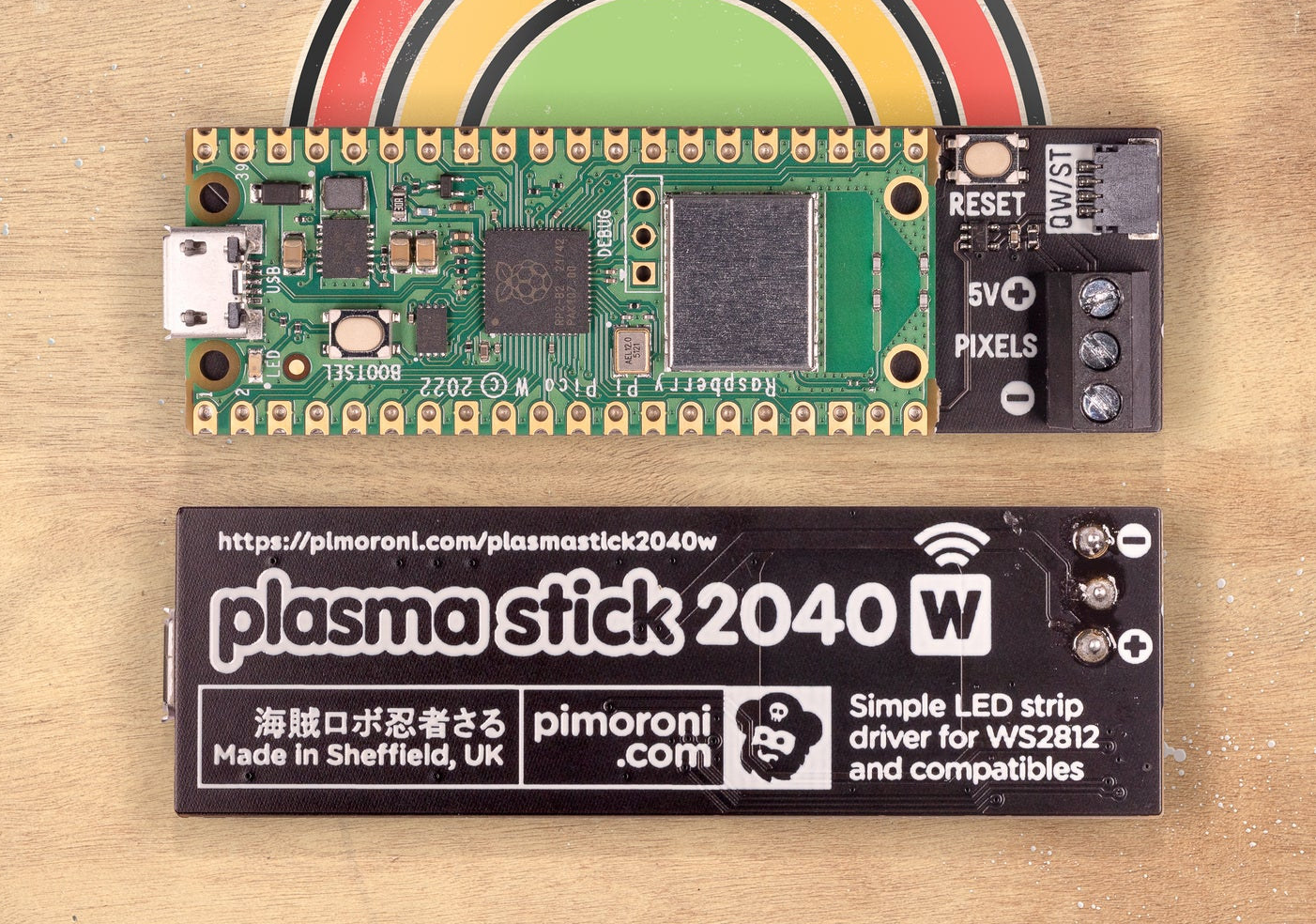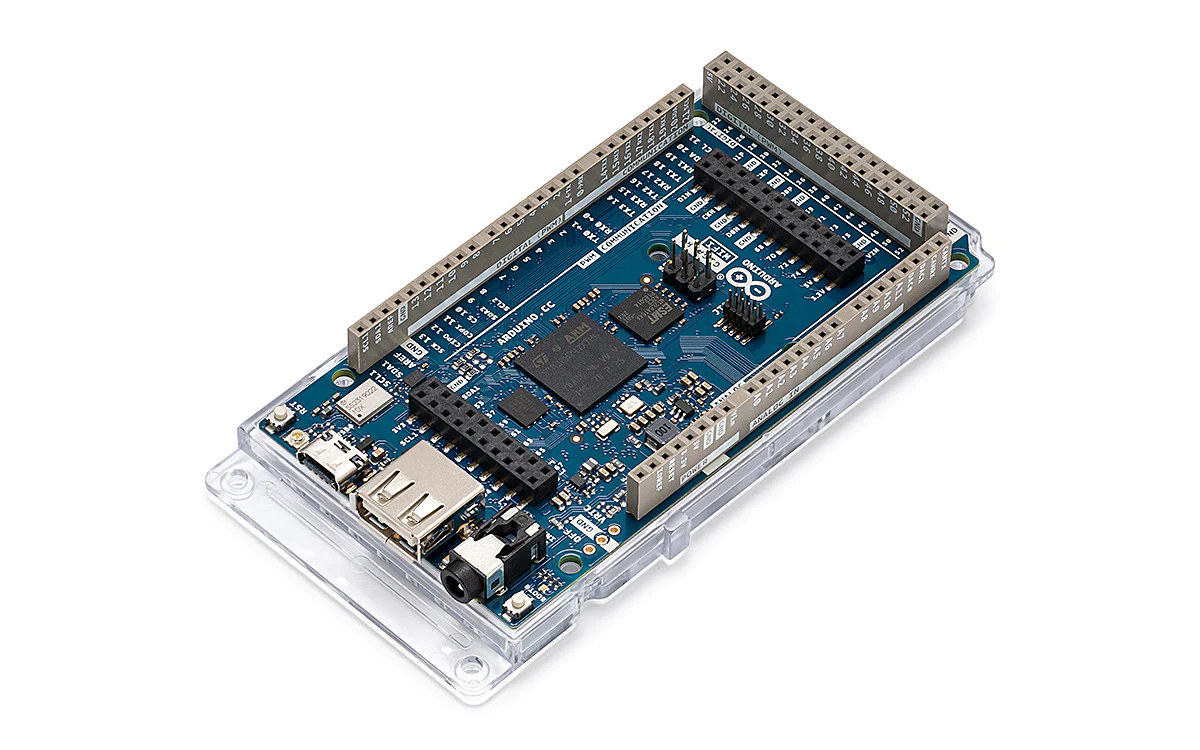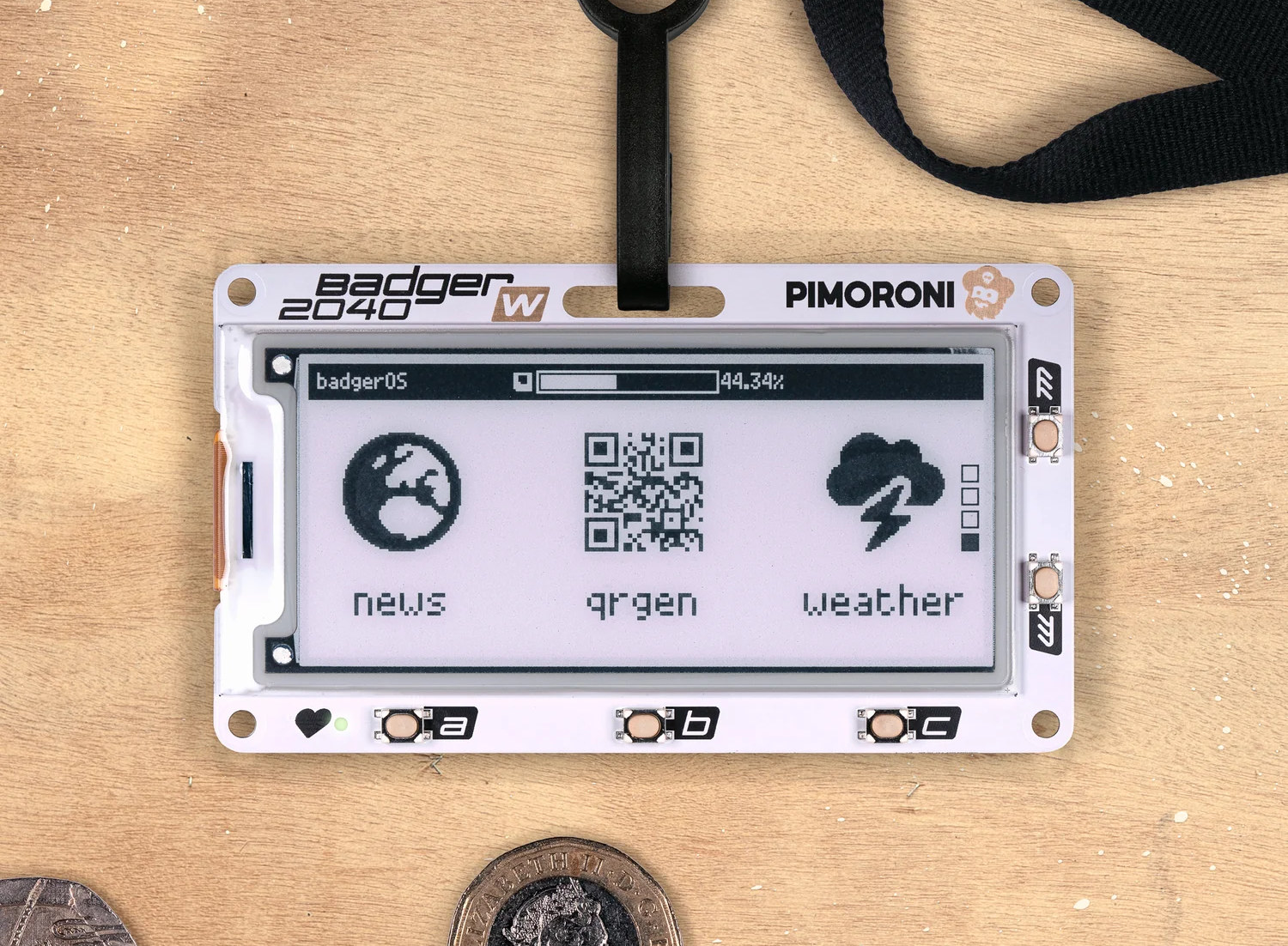The team at Soldered Electronics has been designing Inkplate ESP32-based e-paper displays ever since the first 6-inch model was launched in 2019. The latest Inkplate 5 comes with a recycled 5.2-inch E-Ink (e-paper) display with refresh times of only 0.19 seconds, and programmable with the Arduino IDE or MicroPython firmware. The WiFi-connected display offers a 960×540 resolution, or 213 DPI pixel density, integrates an RTC with battery for accurate timekeeping, two buttons for power and wake/user, and I/O expansion via headers and an easyC/Qwicc connector. Inkplate 5 specifications: Wireless module – Dual-core ESP32 processor with Wi-Fi 4 & Bluetooth 4.0 (BLE) connectivity, 8MB flash, 4MB PSRAM External storage – MicroSD card socket Display – 5.2-inch, 960×540 e-paper display with 213 DPI pixel density Refresh times: full refresh in just 1.02s (1-bit and 3-bit) and partial refresh in 0.19s (1-bit) USB – 1x USB Type-C port for programming and power Expansion […]
FireBeetle 2 ESP32-S3 camera board ships 16MB flash, 8MB PSRAM, PCB or external antenna
DFRobot “FireBeetle 2 ESP32-S3” is a 2MP camera board with ESP32-S3N16R8 dual-core WiFi and Bluetooth microcontroller fitted with 16MB flash and 8MB PSRAM, and offered in two versions: a more compact variant with a PCB antenna, and one with an external antenna offering a better signal quality. The FireBeetle 2 ESP32-S3 also features two rows of I/Os with GPIO, I2C, SPI, ADC, USB 2.0, etc…, a USB-C port for power and programming, a few buttons, and support for a LiPo battery through a 2-pin JST connector and a charging circuit. FireBeetle 2 ESP32-S3 specifications: ESP32-S3-WROOM-1 wireless module SoC – ESP32-S3FN16R8 dual-core Tensilica LX7 microcontroller @ 240 MHz with 2.4 GHz 802.11n WiFI 4 and Bluetooth 5.0 LE connectivity Memory – 8MB PSRAM Storage – 16MB SPI flash Camera – Camera connector fitted with 2MP OV2640 camera with 68° FoV, up to 1600×1200 resolution Display – GDI connector for optional 1.54-inch, […]
Banana Pi BPI-Centi-S3 – An ESP32-S3 board with an 1.9-inch TFT display and a rotary encoder
Banana Pi BPI-Centi-S3 is an ESP32-S3 WiFi & BLE IoT board with a 1.9-inch color TFT display, a rotary encoder, and a few I/Os, which offers an alternative to the T-Track ESP32-S3 board with AMOLED and trackball we covered a few days ago. The Banana Pi board also comes with a 2MB on-chip PSRAM, an 8MB SPI flash, a USB Type-C port for power and debugging, two buttons, a buzzer, and an RGB LED. Besides powering the board with its USB-C port, you can also connect a LiPo battery with charging support. Banana Pi BPI-Centi-S3 specifications: SoC – Espressif Systems ESP32-S3 dual-core Tensilica LX7 @ up to 240 MHz with vector instructions for AI acceleration, 512KB RAM, 2MB PSRAM, wireless connectivity Storage – 8MB SPI flash Connectivity via ESP32-S3 2.4 GHz 802.11 b/g/n Wi-Fi 4 with 40 MHz bandwidth support up to 150 Mbps Bluetooth Low Energy (BLE) 5.0 connectivity […]
Lolin S3 Mini – Tiny $5 ESP32-S3 board follows Wemos D1 Mini form factor
LOLIN S3 Mini is a tiny ESP32-S3 WiFi and Bluetooth IoT development board that follows the Wemos D1 Mini form factor and supports its equally tiny stackable shields to add relays, displays, sensors, and so on. Wemos/LOLIN introduced their first ESP32-S3 board last year with the LOLIN S3 board with plenty of I/Os and an affordable $7 price tag. But I prefer the company’s Mini form factor because of its size and the ability to select add-on boards to easily add a range of features to your projects. So I’m pleased to find out the company has now launched the LOLIN S3 Mini following the ESP32-C3 powered LOLIN C3 Mini board unveiled in March 2022. LOLIN S3 Mini specifications: WiSoC – Espressif Systems ESP32-S3FH4R2 CPU – dual-core Tensilica LX7 @ up to 240 MHz with vector instructions for AI acceleration Memory – 512KB RAM, 2MB PSRAM Storage – 4MB QSPI […]
MicroPython 1.20 released with Raspberry Pi Pico W support, mip package manager, smaller footprint
Damien George has recently announced the release of MicroPython 1.20 with support for the Raspberry Pi Pico W board., a new lightweight package manager called mip, a smaller footprint thanks to the use of compressed type structs, and many other changes. mip package manager The new mip package manager uses a custom protocol optimized for embedded systems to query and install packages, and intends to replace upip for installing packages from micropython-lib or any URL. Mip can be run directly on a device, as long as it has network connectivity, or via mpremote from a host computer. Damien explains all pure-Python drivers have been moved from the micropython repository to the micropython-lib repository as part of the change in order to make it easier to install the packages needed for a given project. MicroPython is getting smaller The MicroPython binary size has been reduced by many kilobytes for all ports […]
Plasma Stick 2040 W adds RGB LED strip controller to Raspberry Pi Pico W board
Pimoroni Plasma Stick 2040 W is a “Pico W Aboard” kit that adds a 5V RGB LED strip controller to the Raspberry Pi Pico W board, as well as a Reset button, and a Qwiic/STEMMA QT connector for expansion. Plasma Stick 2040 W specifications: Raspberry Pi Pico W MCU – Dual Arm Cortex M0+ running at up to 133Mhz with 264kB of SRAM Storage – 2MB of QSPI flash supporting XiP Connectivity – 2.4GHz wireless module with WiFi 4 and Bluetooth Classic + LE USB – 1x micro USB port for power and programming LED strip connector – 3-pin screw terminal block compatible with 5V WS2812/Neopixel/SK6812 LEDs Expansion – Qw/ST (Qwiic/STEMMA QT) I2C connector Misc – Reset button Power Supply – 5V via micro USB port Dimensions – 67 × 22 × 12 mm Since it’s based on the Raspberry Pi Pico board it’s programmable with the official C/C++ and MicroPython […]
Arduino GIGA R1 WiFi board launches with STM32H7 MCU, up to 76 I/O pins
Arduino GIGA R1 WiFi board brings the STM32H7 dual-core Cortex-M7/M4 microcontroller found in the Portenta H7 boards to the larger Arduino Mega/Due form factor with up to 76 GPIO pins. As its name implies, the board also comes with a WiFi 4 (and Bluetooth 5.1) module, as well as an audio jack, a USB Type-C port for programming, a USB 2.0 Type-A host port, and extra connectors for a display and a camera. Arduino GIGA R1 WiFi board specifications: Microcontroller – STMicro STM32H747XI Cortex-M7 @ 480 MHz + M4 @ 200 MHz MCU with 2MB dual-bank Flash memory, 1 MB RAM, Chrom-ART graphical hardware accelerator System Memory – 8MB SDRAM Storage – 16MB QSPI NOR flash Connectivity – 2.4GHz WiFi 802.11b/g/n up to 65 Mbps and Bluetooth 5.1 BR/EDR/LE via Murata 1DX module Display – 20-pin header (J5) Camera – 20-pin Arducam camera header (J6) USB 1x USB Type-C port […]
Badger 2040 W e-Paper display gets WiFi & Bluetooth with Raspberry Pi Pico W
Pimoroni Badger 2040 W wireless programmable e-Paper badge comes with a 2.9-inch black & white E-Ink display and a Raspberry Pi Pico W board for WiFi (and Bluetooth) connectivity. It is an update to the Pimoroni Badger 2040 with the exact same display, but instead of using a Raspberry Pi RP2040 microcontroller, Pimoroni fitted a Raspberry Pi Pico W on the back of the board, probably to avoid going through FCC and CE certifications. Badger 2040 W specifications: MCU board – Raspberry Pi Pico W board with: Raspberry Pi RP2040 dual-core Arm Cortex M0+ running at up to 133Mhz with 264kB of SRAM Storage – 2MB QSPI flash Wireless – 802.11b/g/n WiFi 4 and Bluetooth Classic+LE with ABRACON onboard antenna (Infineon CYW43439 connected over SPI) Display – 2.9-inch B&W E-Ink display with 296 x 128 pixels resolution, ultrawide viewing angles, ultra-low power consumption; Dot pitch – 0.227 x 0.226 mm […]


